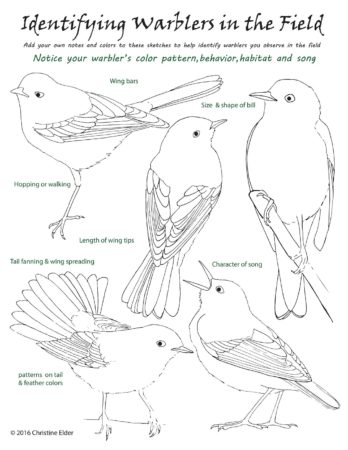Celebrate World Migratory Bird Day (WMBD) with us in our virtual “Birds Connect Our World” edition! Have fun learning about a new migratory bird every day. We have colouring pages, puzzles, activities, and more. Download for free and enjoy nature with your family at home.
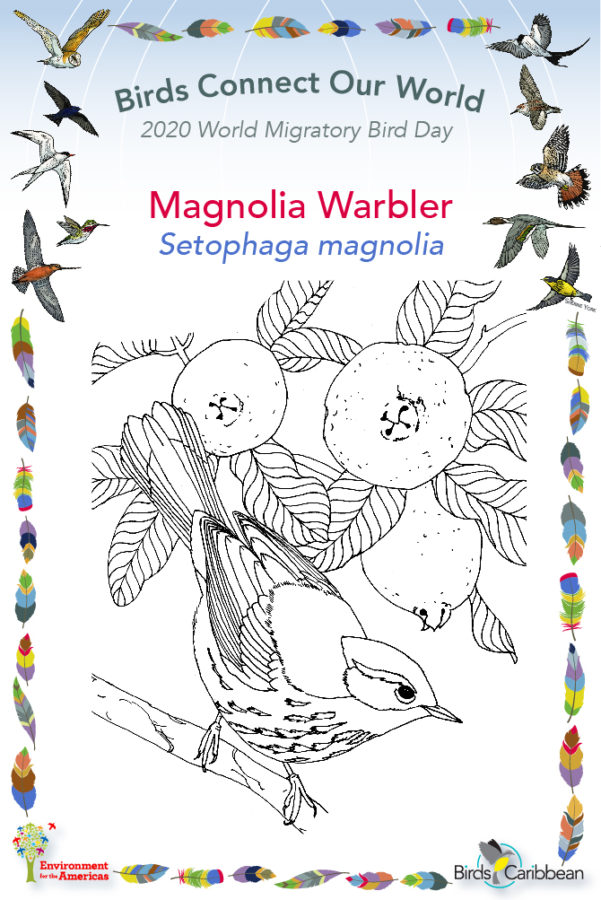
Migratory Bird of the Day: Magnolia Warbler
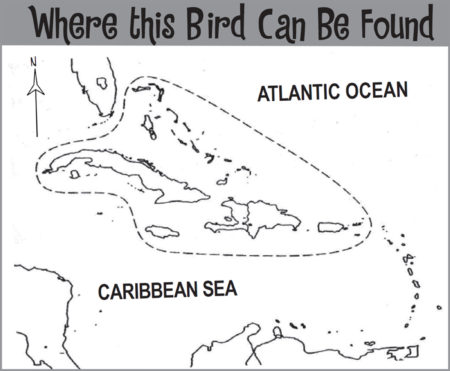 The handsome Magnolia Warbler is an active warbler that often stays low in trees, flitting about and showing off its distinctive tail pattern—white near the base and black at the tip. Breeding males have bright yellow underparts with heavy black streaking, sometimes forming a necklace band on its upper breast. They also have a black mask and back, gray crown, white eyebrow behind the eye, and a wide white patch on their wings. Females are paler in colour with gray upper parts and mask, olive back, and two white wing-bars. Non-breeding birds have a gray head, much less streaking, 2 wing bars, and a hint of a pale gray breast band.
The handsome Magnolia Warbler is an active warbler that often stays low in trees, flitting about and showing off its distinctive tail pattern—white near the base and black at the tip. Breeding males have bright yellow underparts with heavy black streaking, sometimes forming a necklace band on its upper breast. They also have a black mask and back, gray crown, white eyebrow behind the eye, and a wide white patch on their wings. Females are paler in colour with gray upper parts and mask, olive back, and two white wing-bars. Non-breeding birds have a gray head, much less streaking, 2 wing bars, and a hint of a pale gray breast band.
Magnolia Warblers breed mainly in northern parts of Canada, preferring to nest in young conifer trees. They spend the winter in Central America, including south-eastern Mexico to Panama, and in parts of the Caribbean. They are most common in the Bahamas and Cuba, and are also found in the rest of the Greater Antilles.
During the winter the Magnolia Warbler can be found in nearly all habitat types, including swamp edges, woodlands, cocoa plantations, orchards, and gardens, from sea-level all the way up into the mountains. Here they will be looking for insects and occasionally fruit to eat.
Magnolia Warblers do not in fact have a strong preference for magnolia trees. They got their name because the scientist who first documented them found them in a magnolia tree. These warblers, like many others, migrate at night in large mixed species flocks. All birds migrating at night are vulnerable to collisions with tall structures such as buildings, communications towers, and energy infrastructure. Learn more about this species, including its range, photos, and calls here.
Colour in the Magnolia Warbler!
Download the page from Migratory Birds of the West Indies Colouring Book. Use the photos below as your guide, or you can look up pictures of the bird online or in a bird field guide if you have one. Share your coloured-in page with us by posting it online and tagging us @BirdsCaribbean #WMBD2020Carib
Listen to the call of the Magnolia Warbler
The calls of the Magnolia Warbler are a slightly rasping “zeep”
Puzzle of the Day
Click on the images below to do the puzzles. You can make the puzzle as easy or as hard as you like – for example, 6, 8, or 12 pieces for young children, all the way up to 1,024 pieces for those that are up for a challenge!
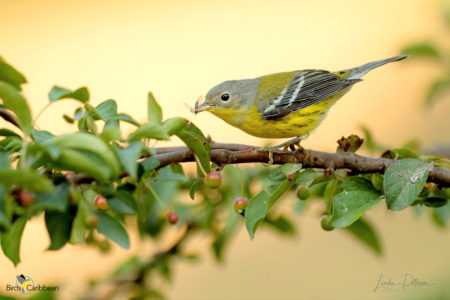
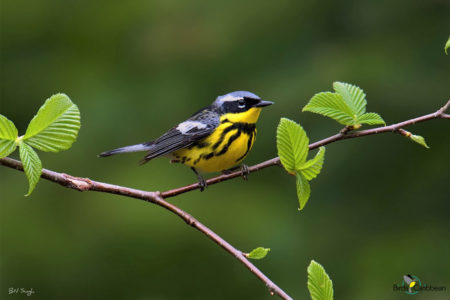
Activity of the Day
FOR KIDS: We have met quite a few migratory warblers so far & will be meeting a few more! Some of these birds can look similar to each other. Take a look at this helpful guide, from wildlife artist Christine Elder, for identifying warblers. Add colors of the bird you see, look at its behavior and add some notes to help you identify and remember it.
FOR KIDS AND ADULTS:
- Check out this article Identifying Warblers in the Caribbean with detailed tips and tricks to help you identify warblers.
- Take a walk and see if you can spot any migratory Warblers. Try using the identification guide above, and a bird field guide or the FREE Merlin bird ID app to help you identify the birds you are seeing.
- Enjoy the videos below of Magnolia Warblers feeding. In the first video there is a female foraging on the ground, there is a male, in breeding plumage visible in the background near to the end, so you can compare plumages. In the second video a male is feeding, picking insects from the leaves. You can also see the male fan his tail, showing the unique black and white tail pattern of this species.
- Visit MigratoryBirdDay.org for many more free activities and resources to learn about migratory birds, their threats and conservation actions you can take.

